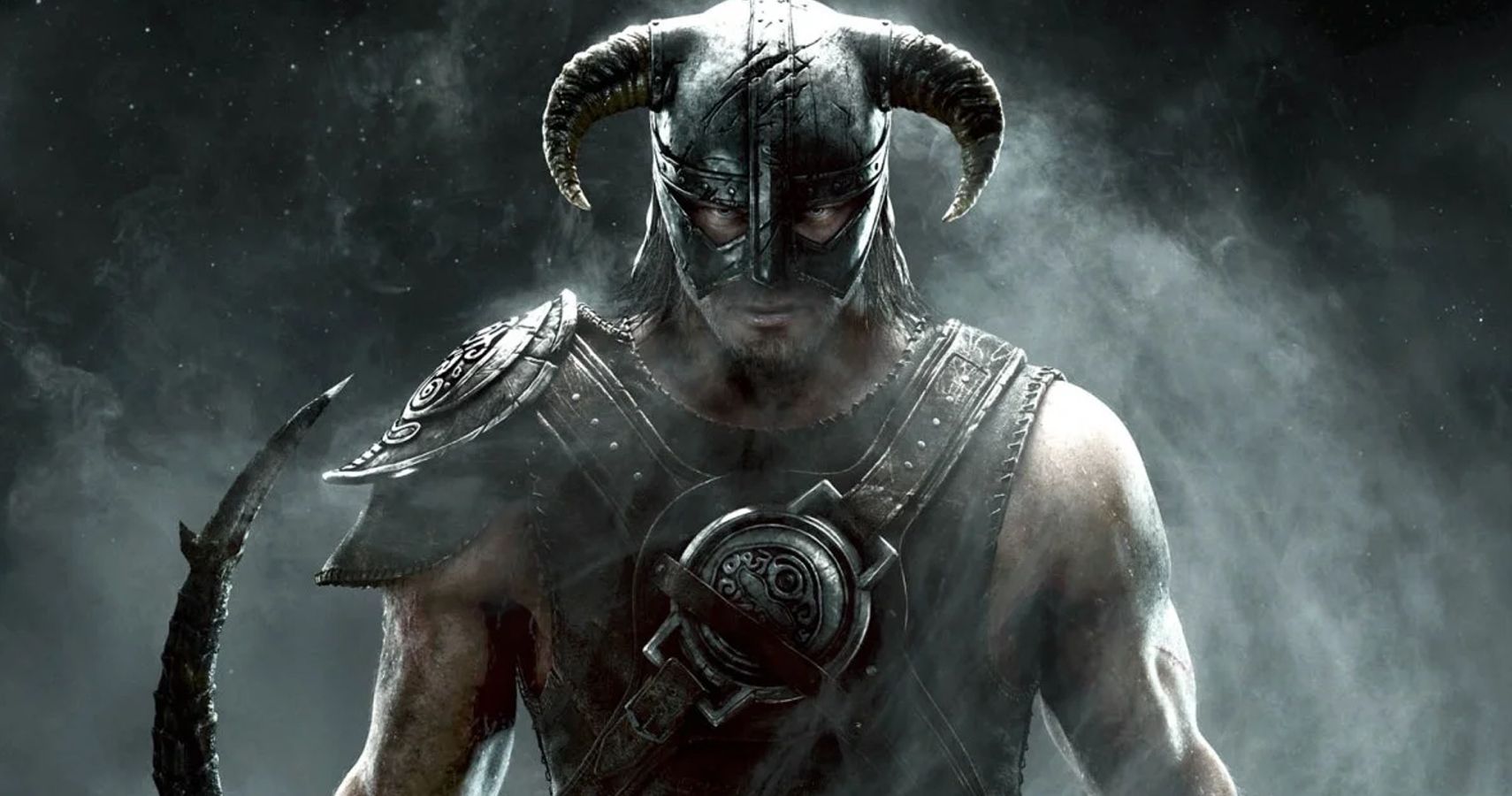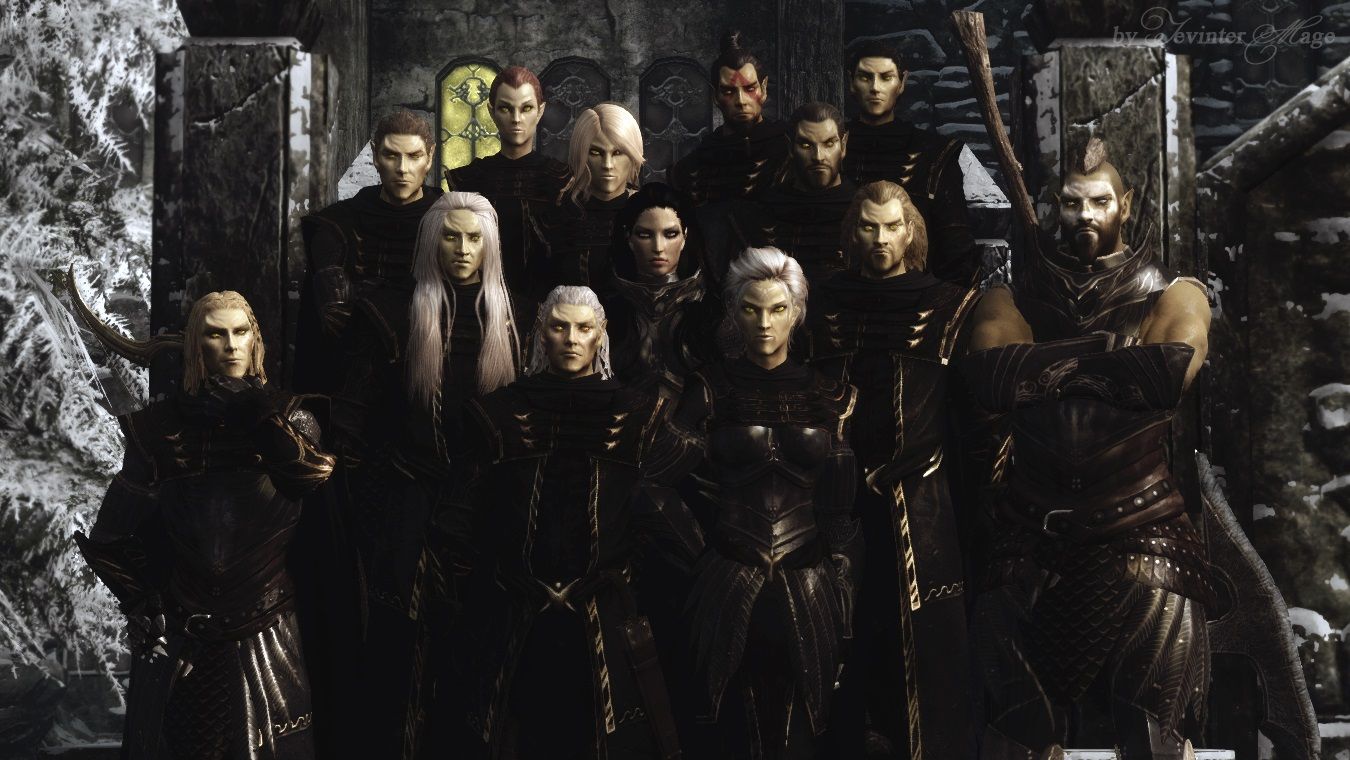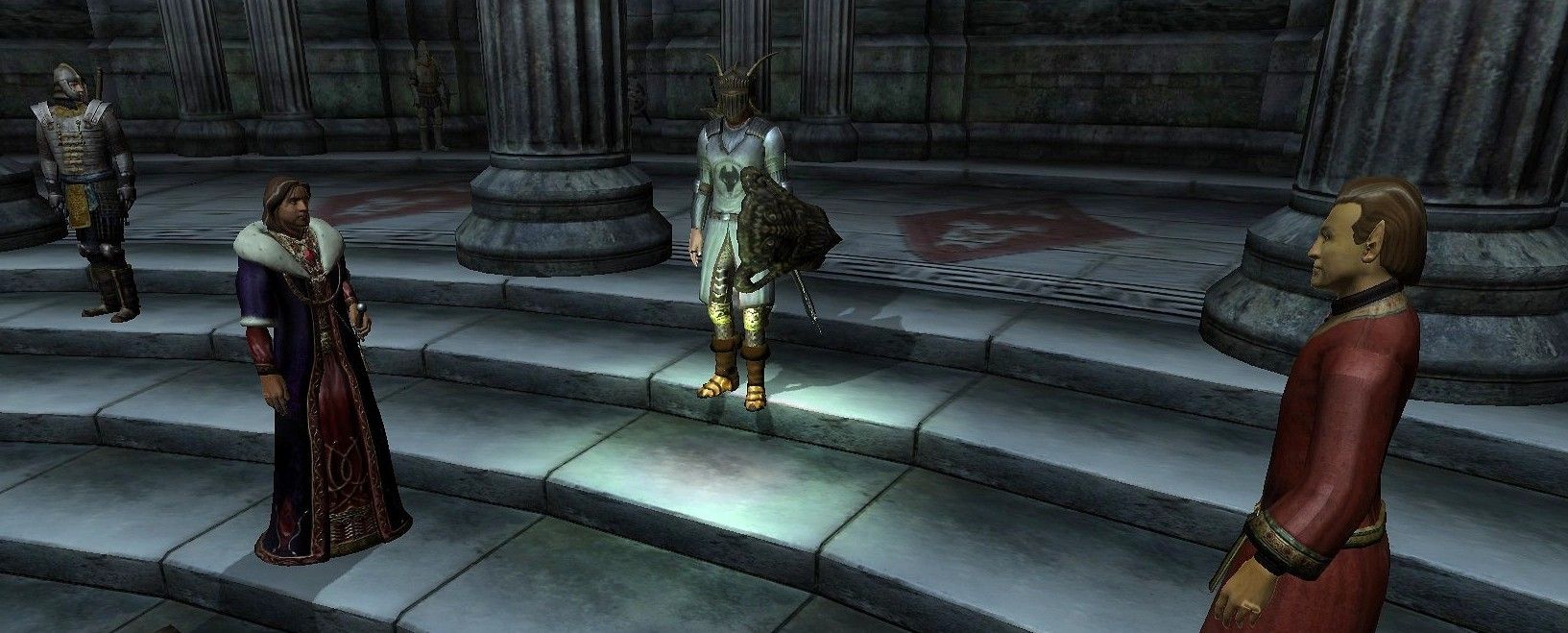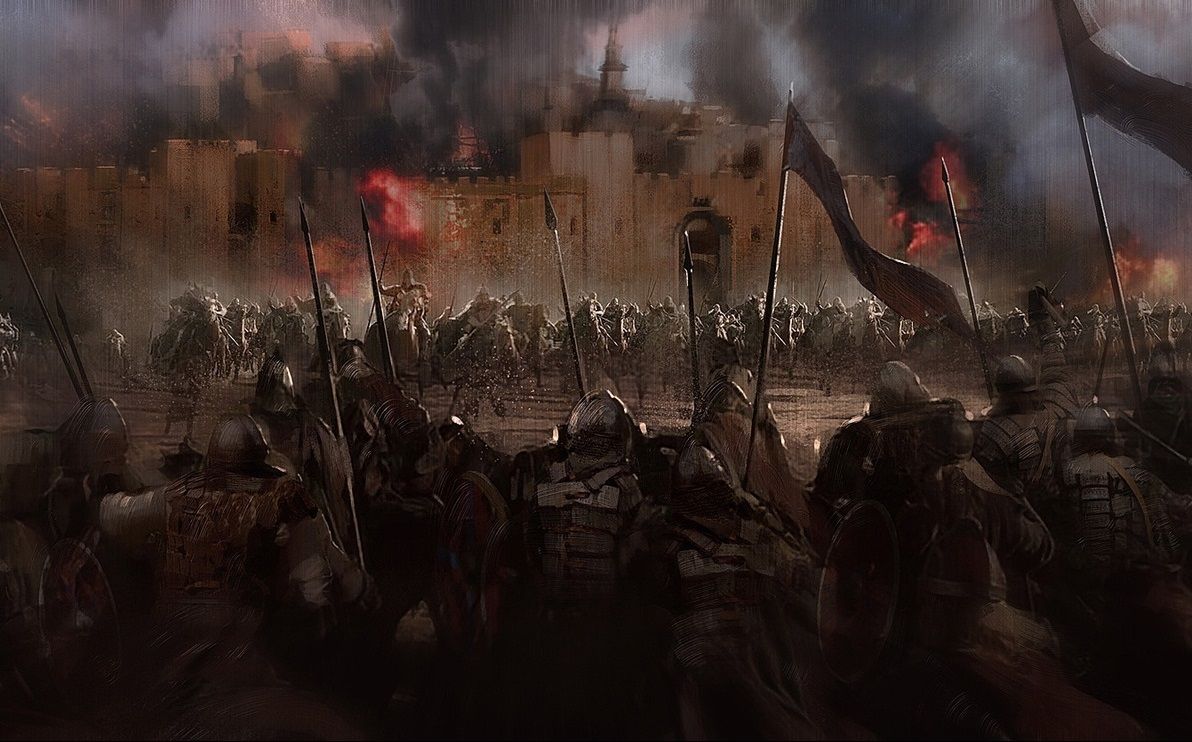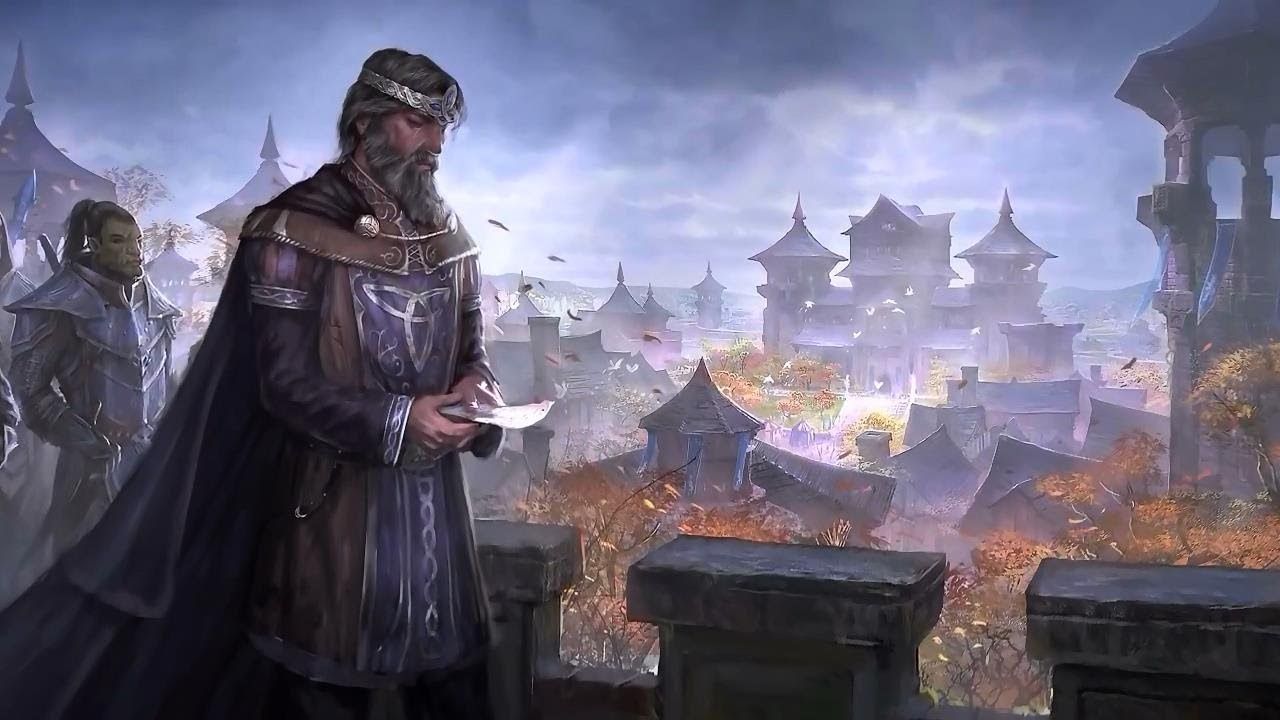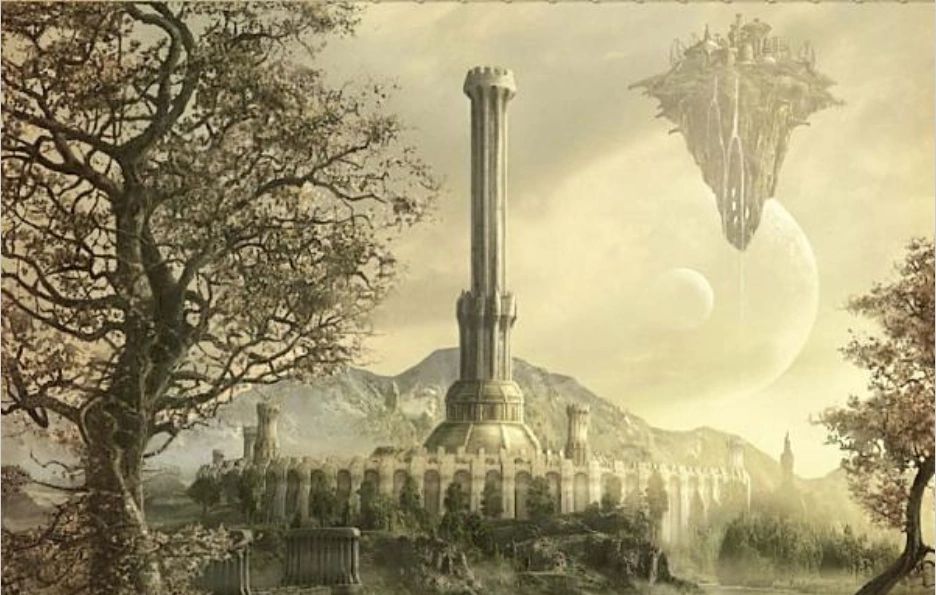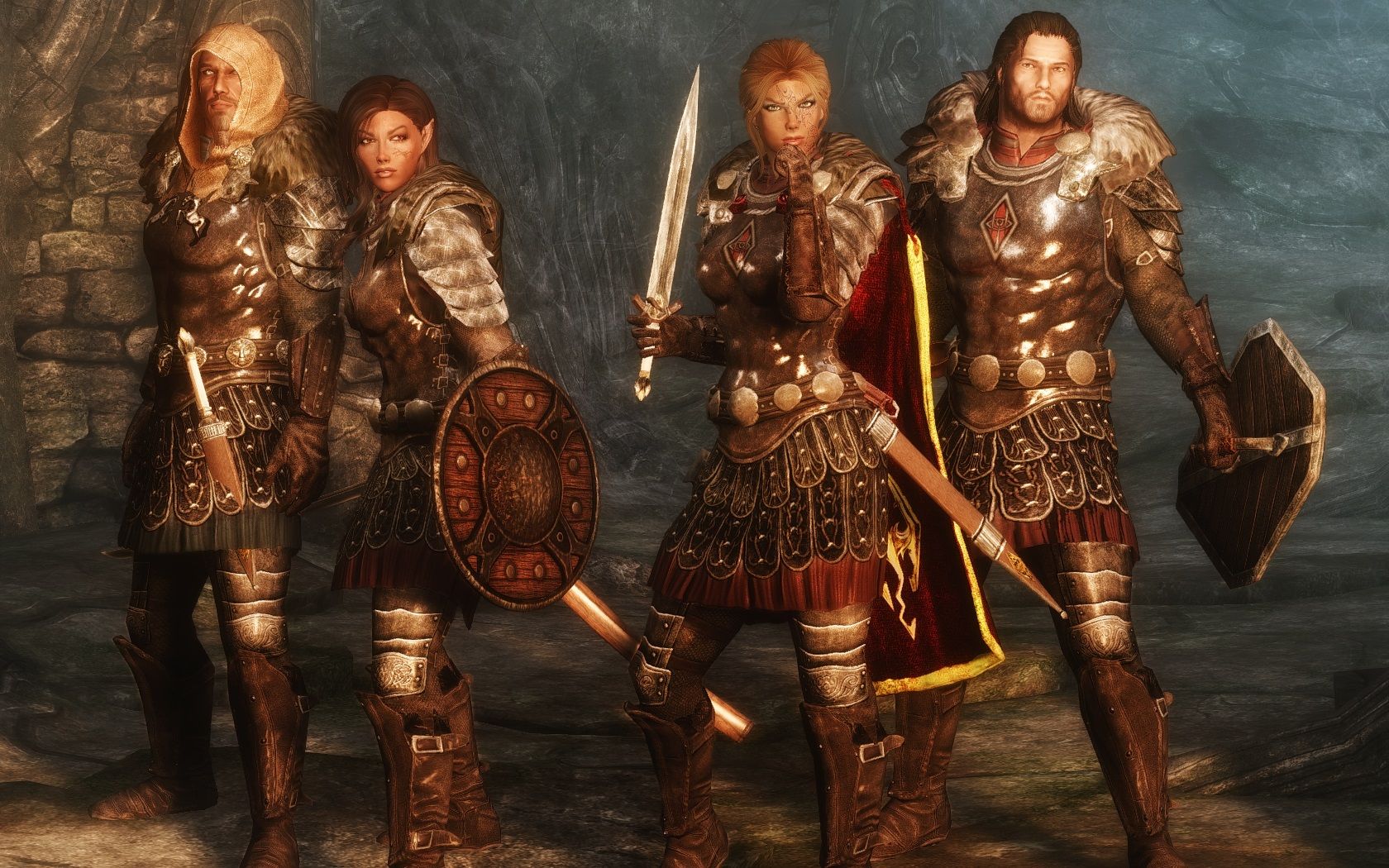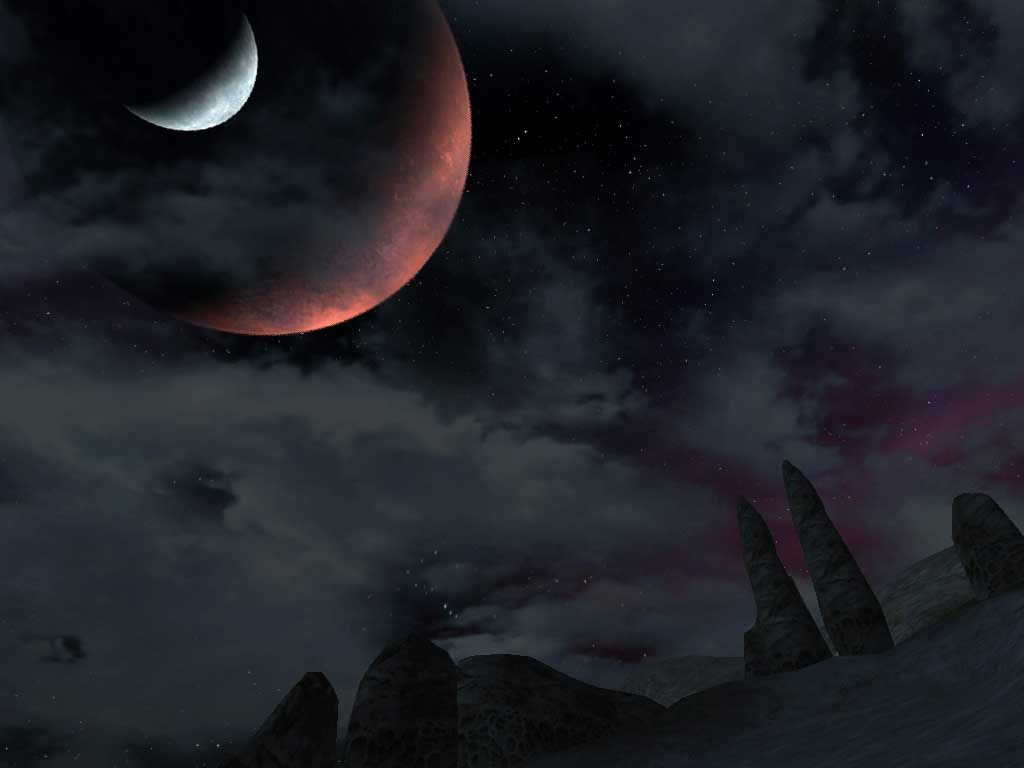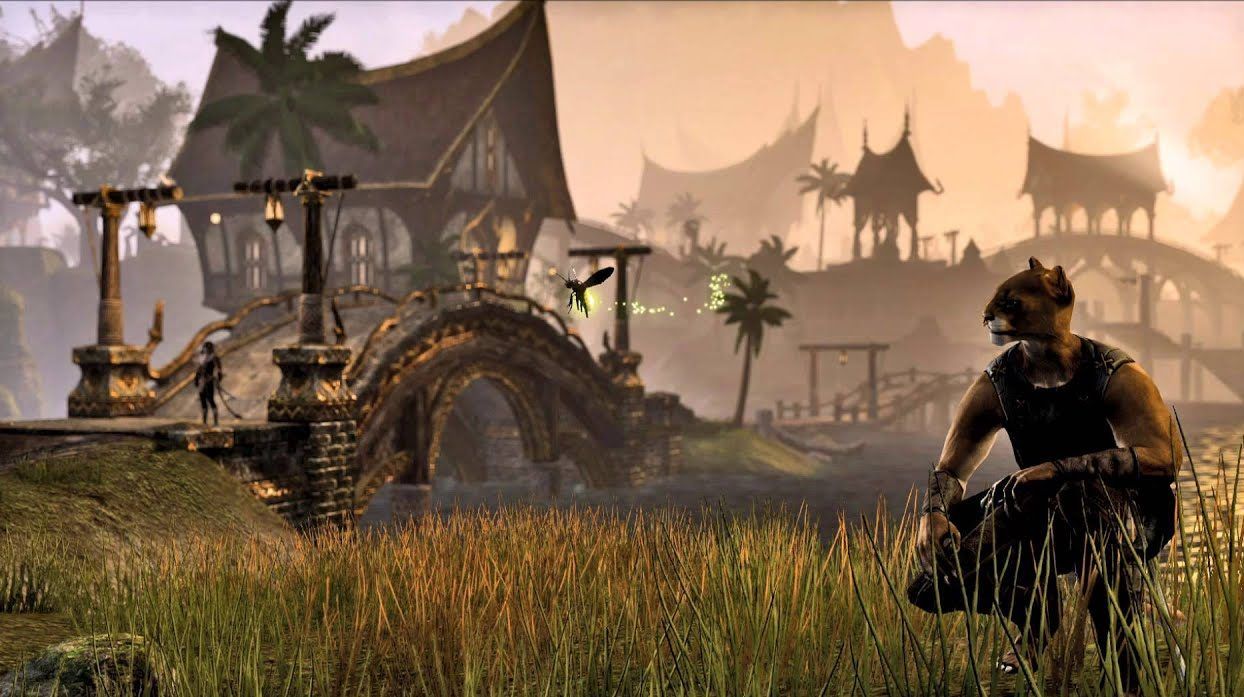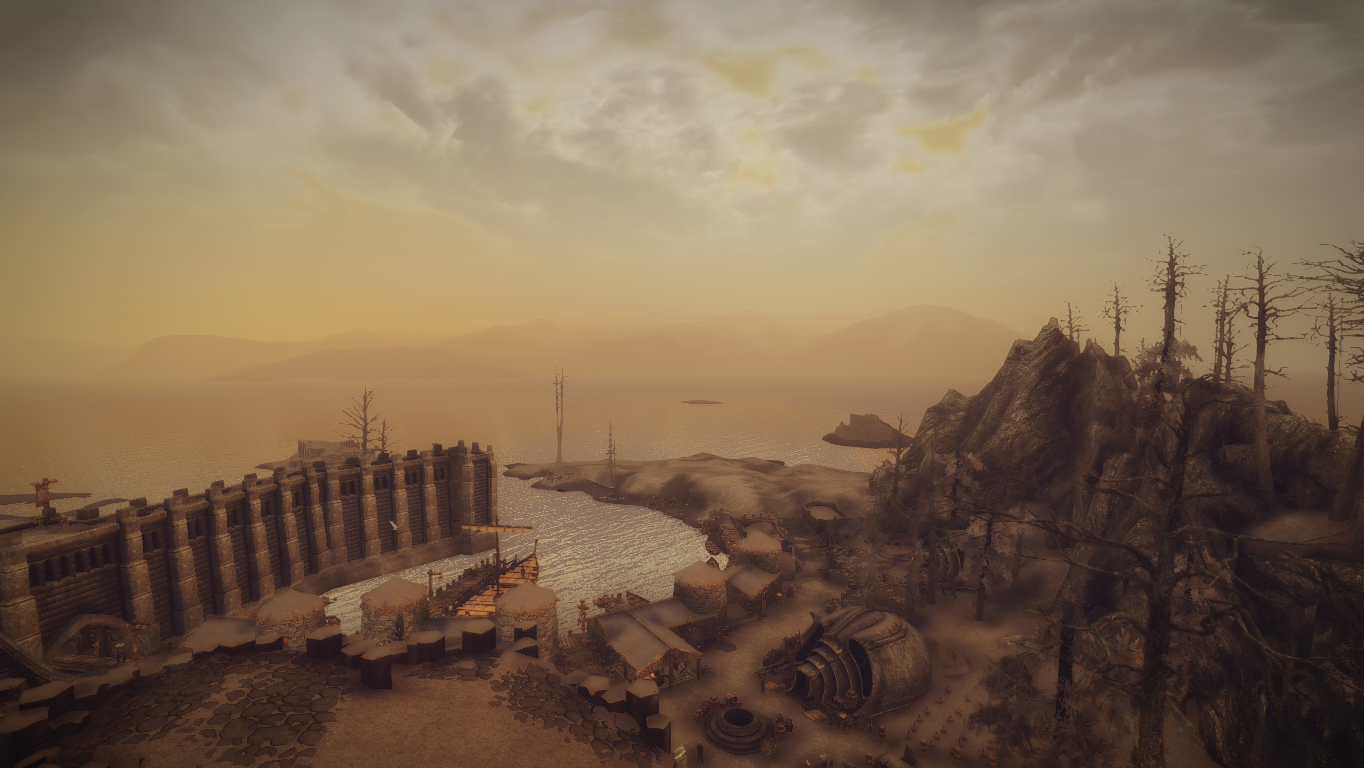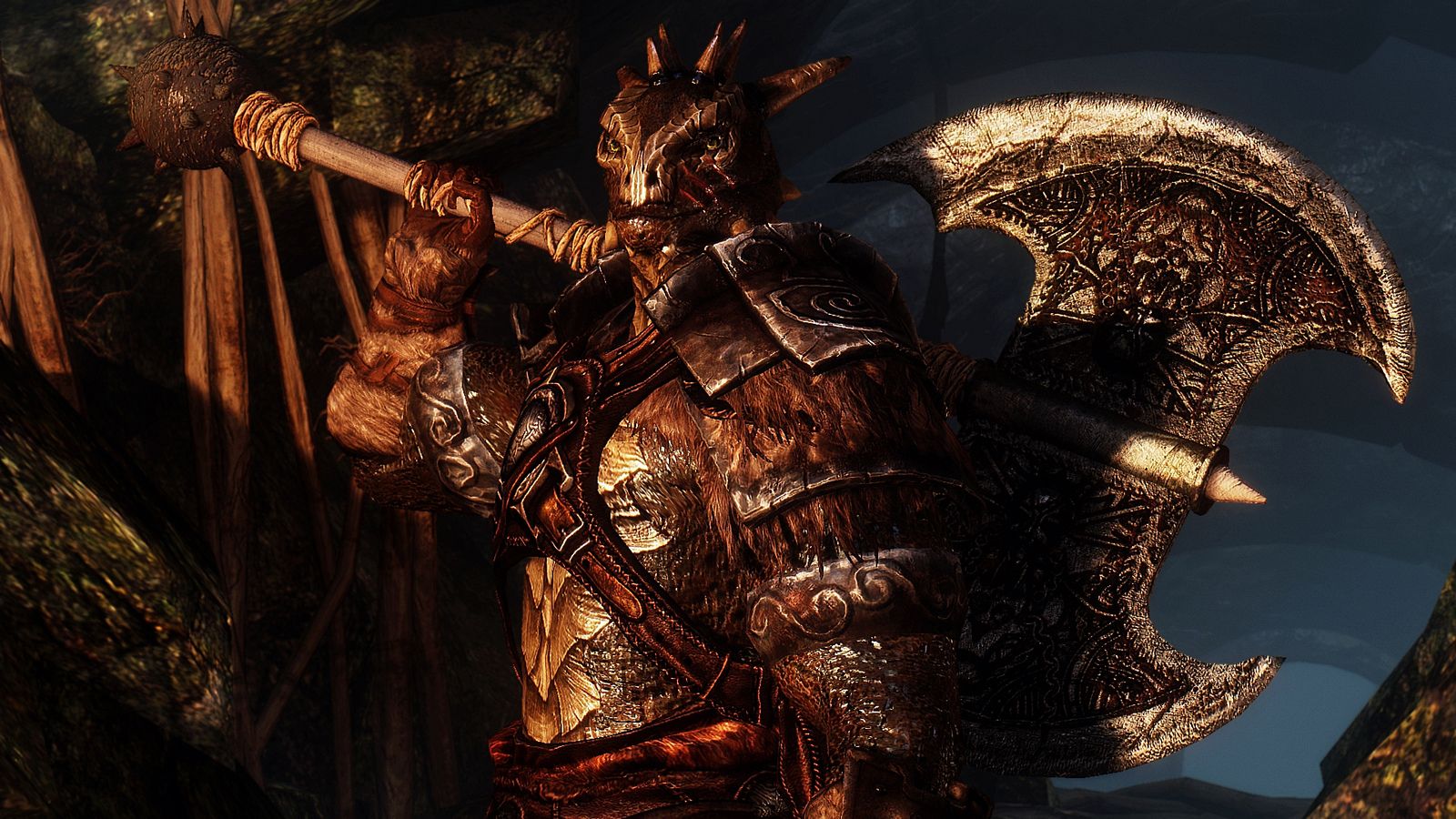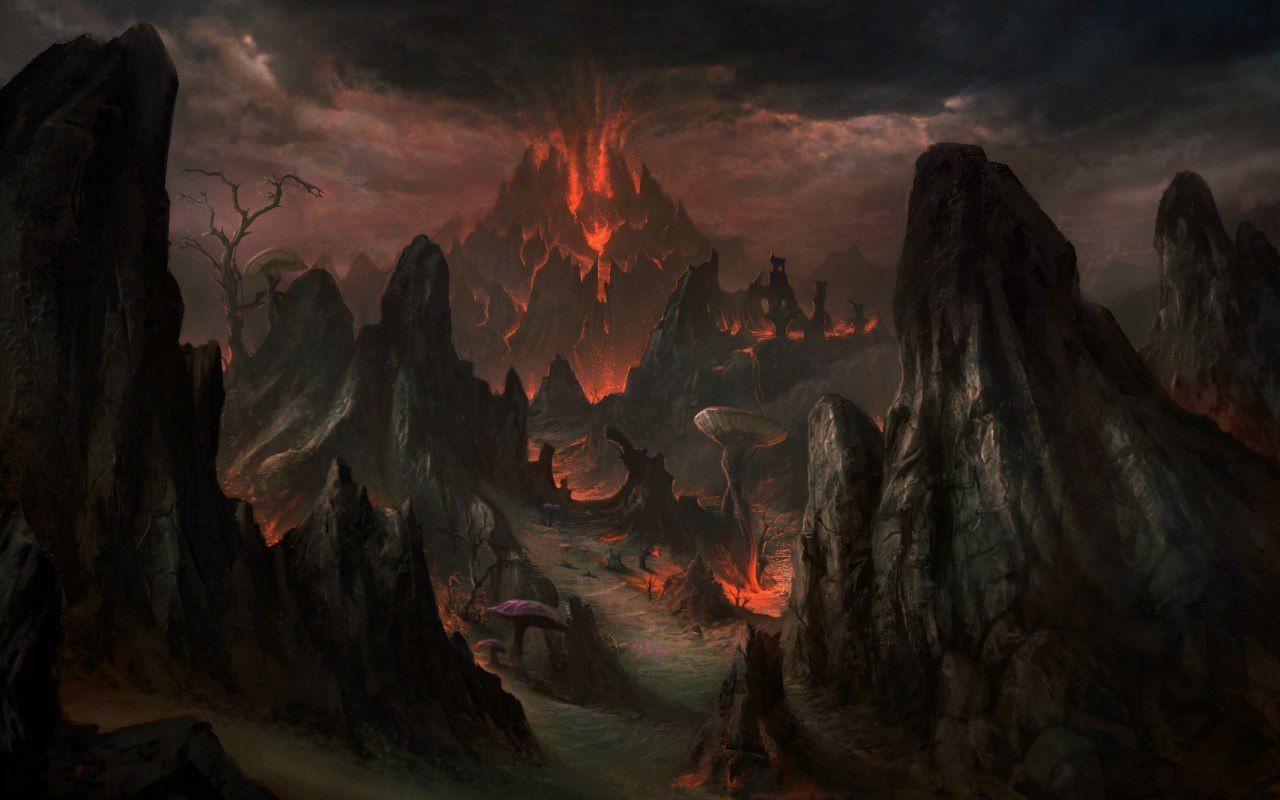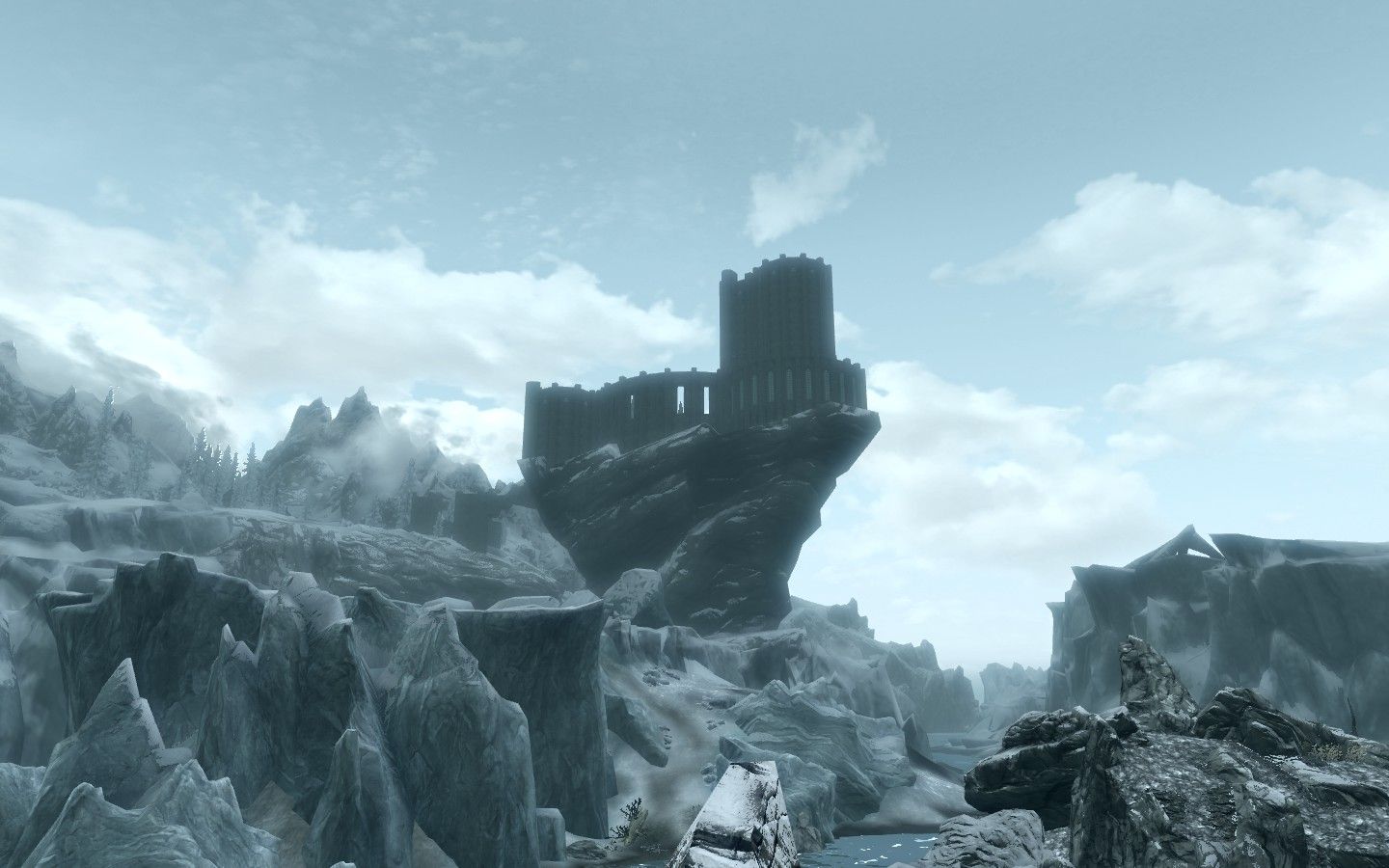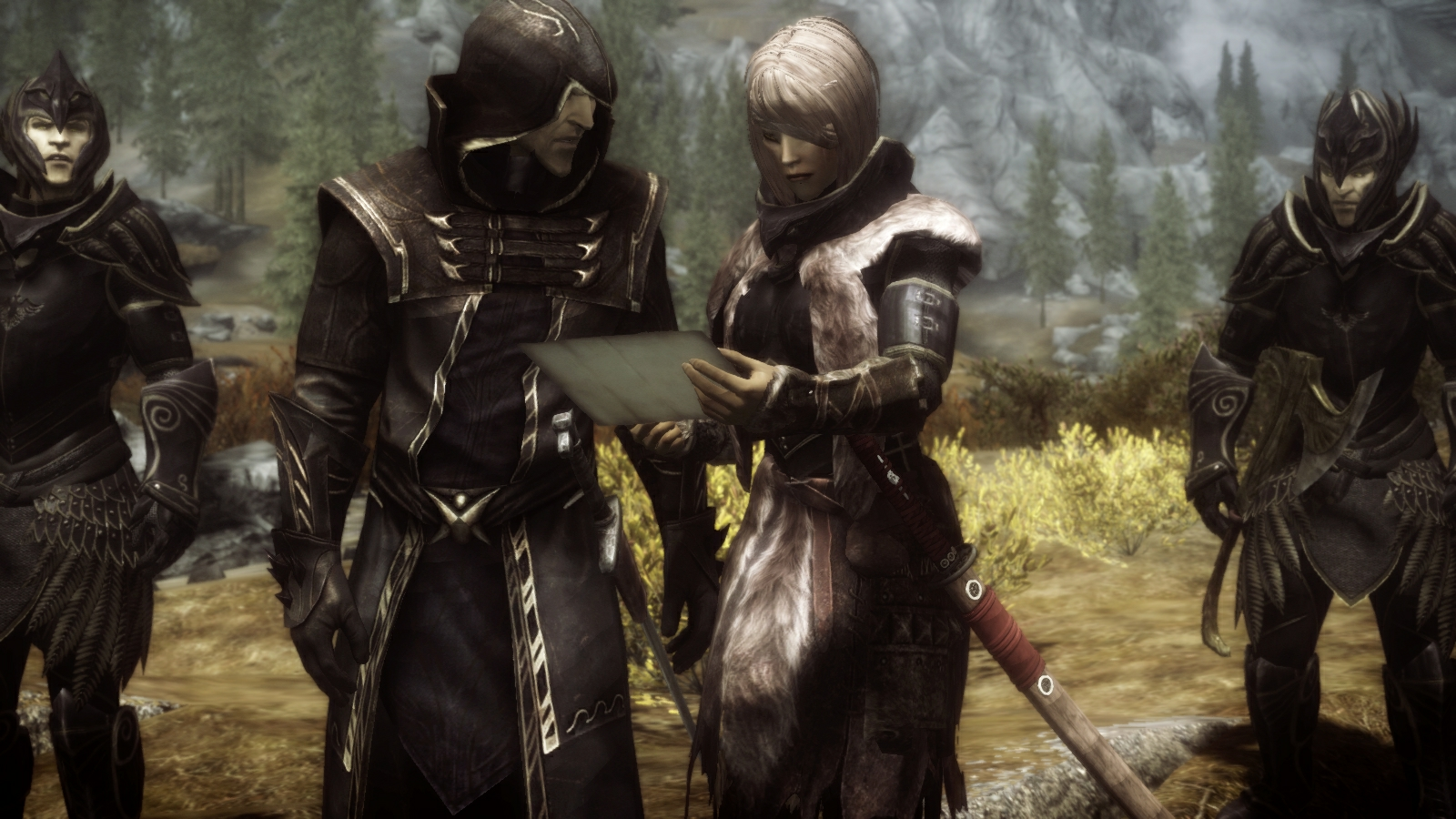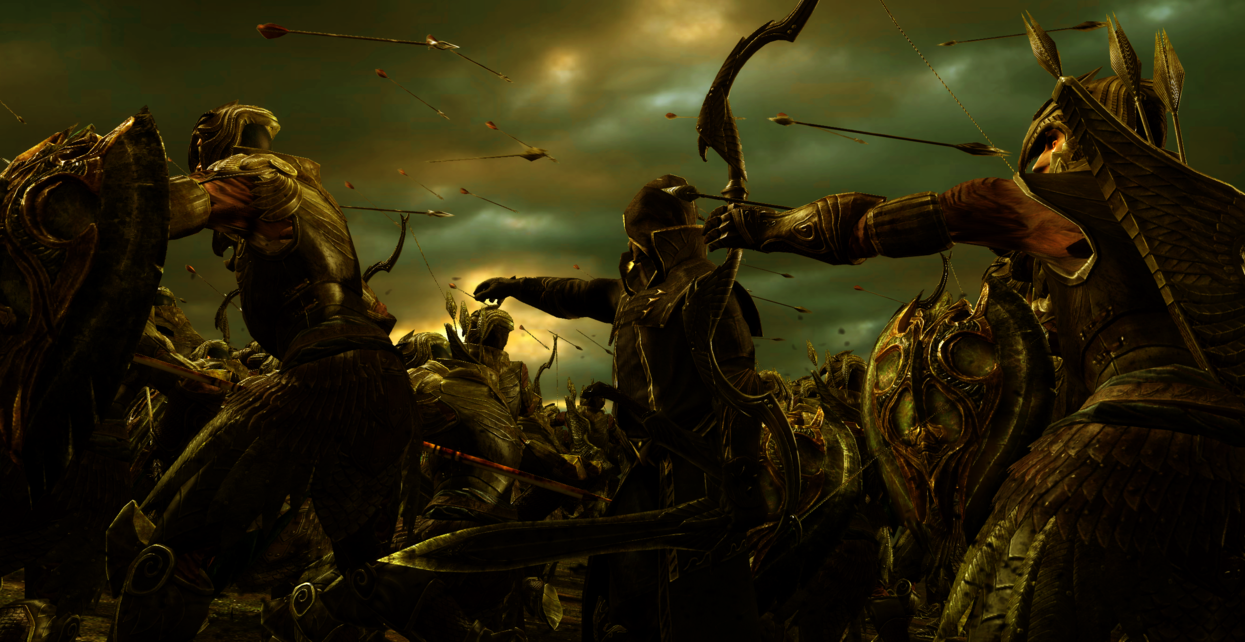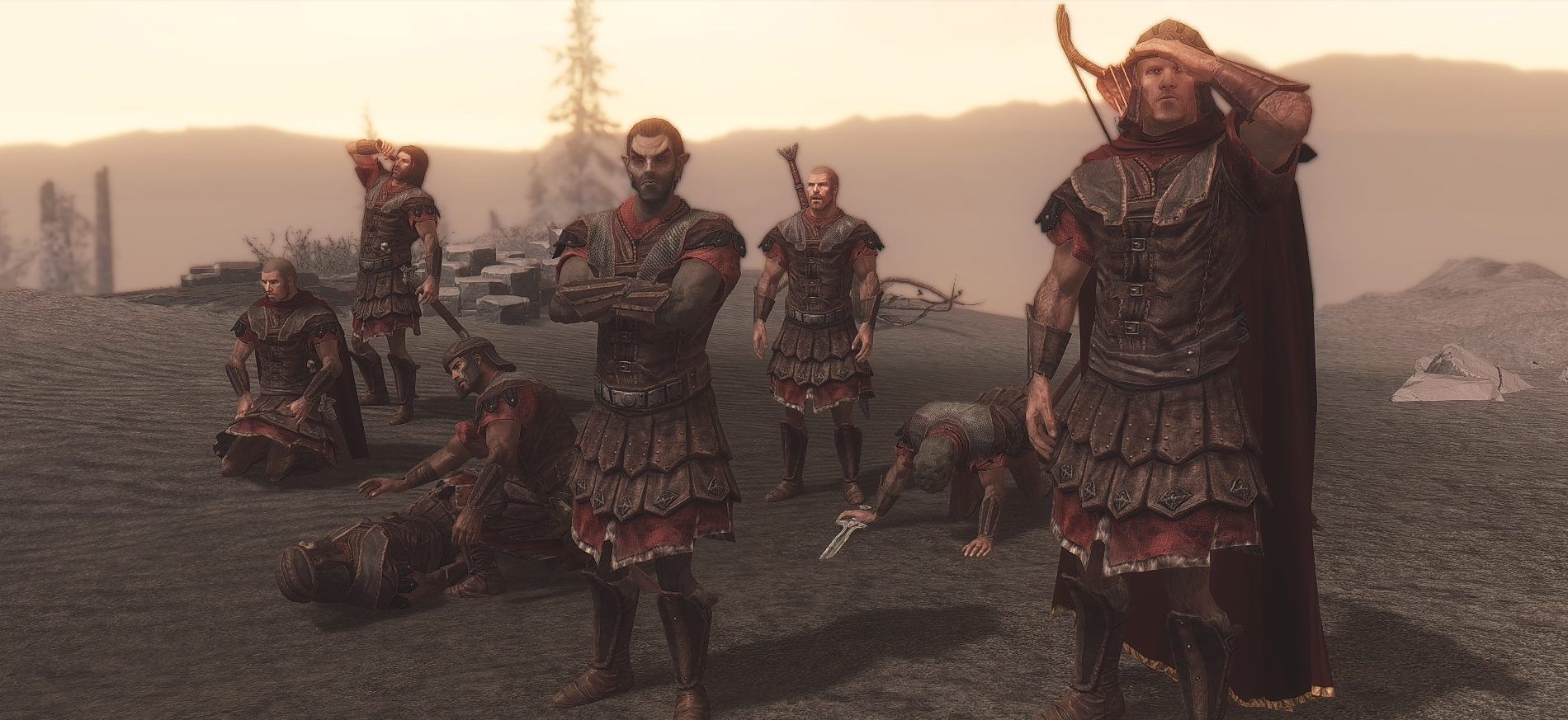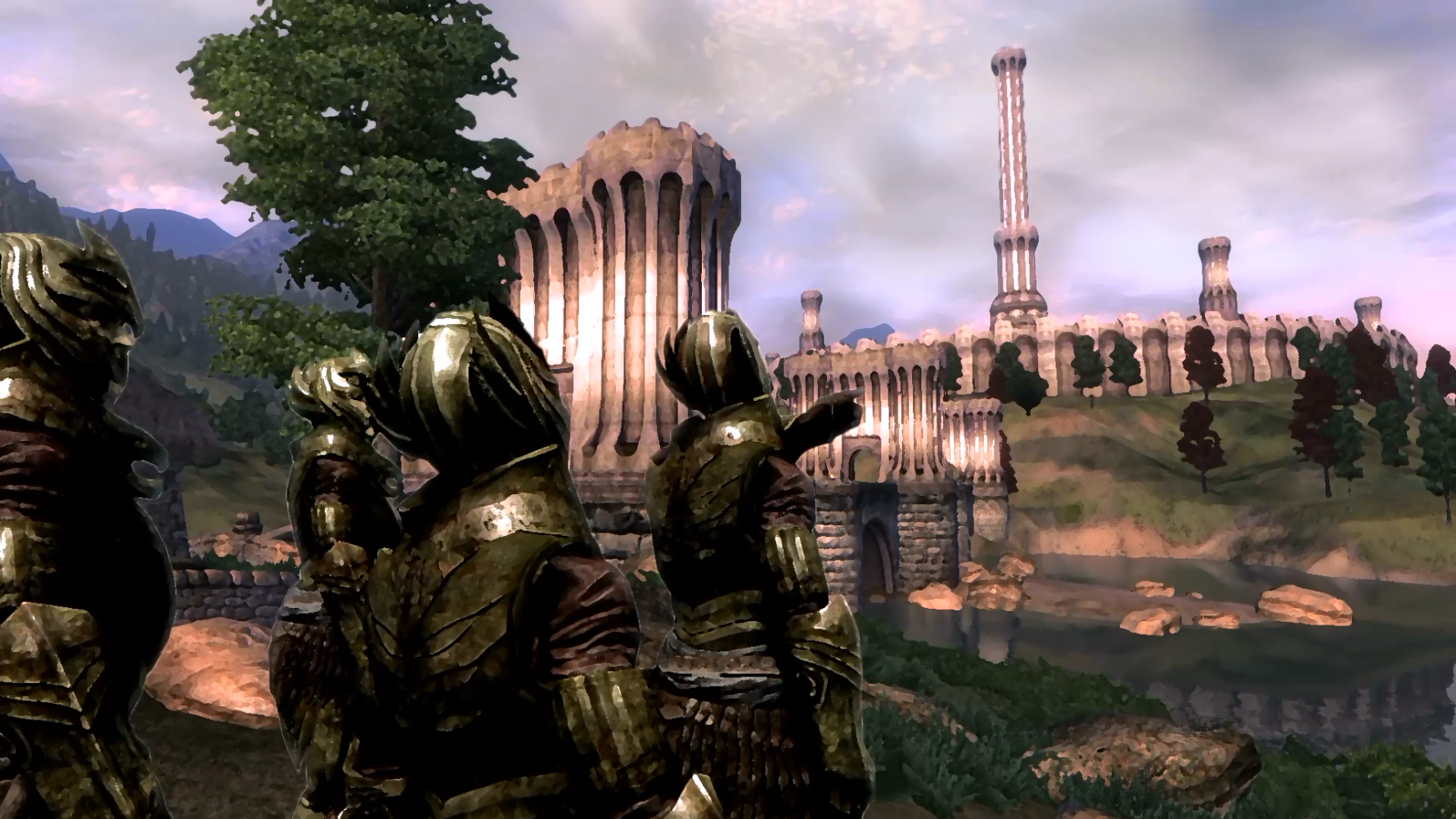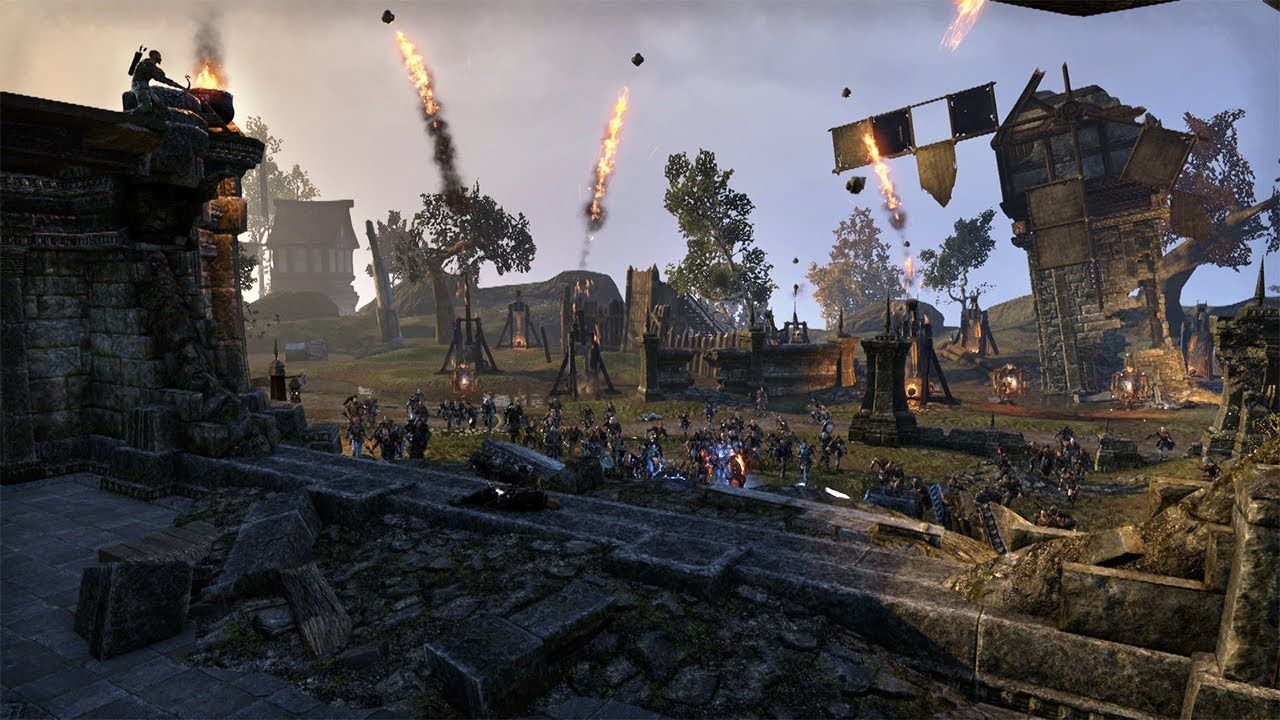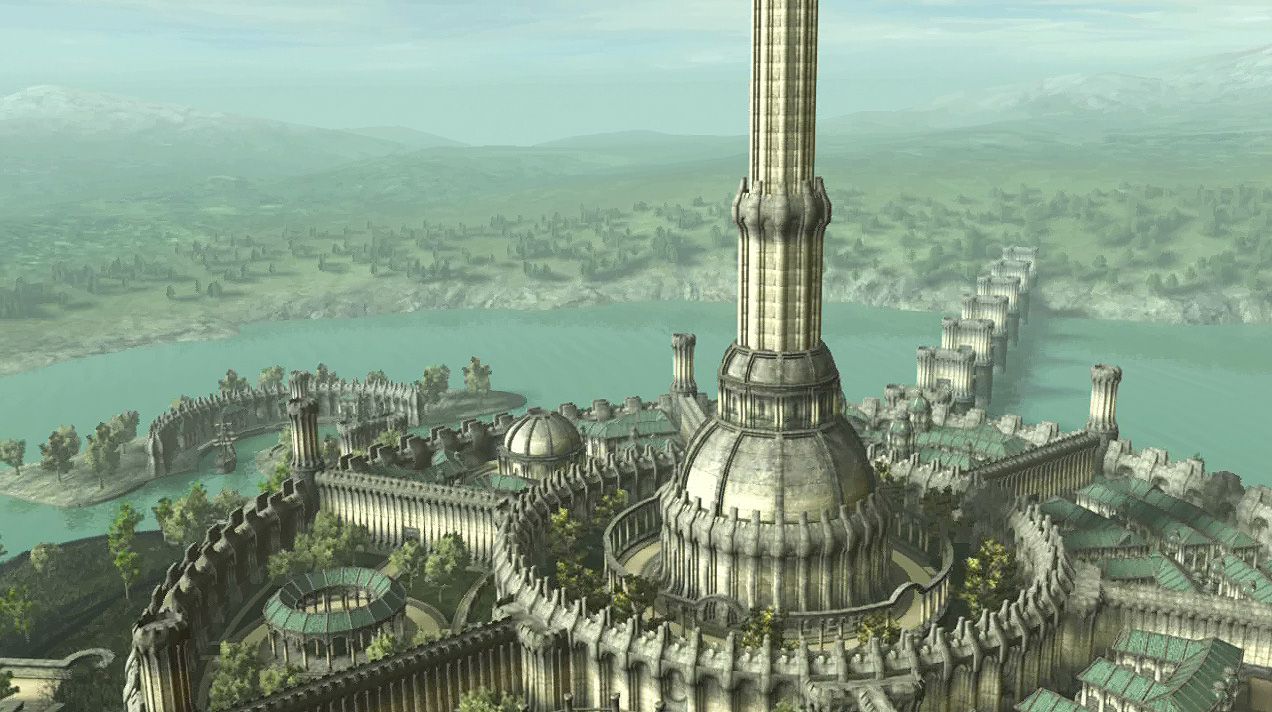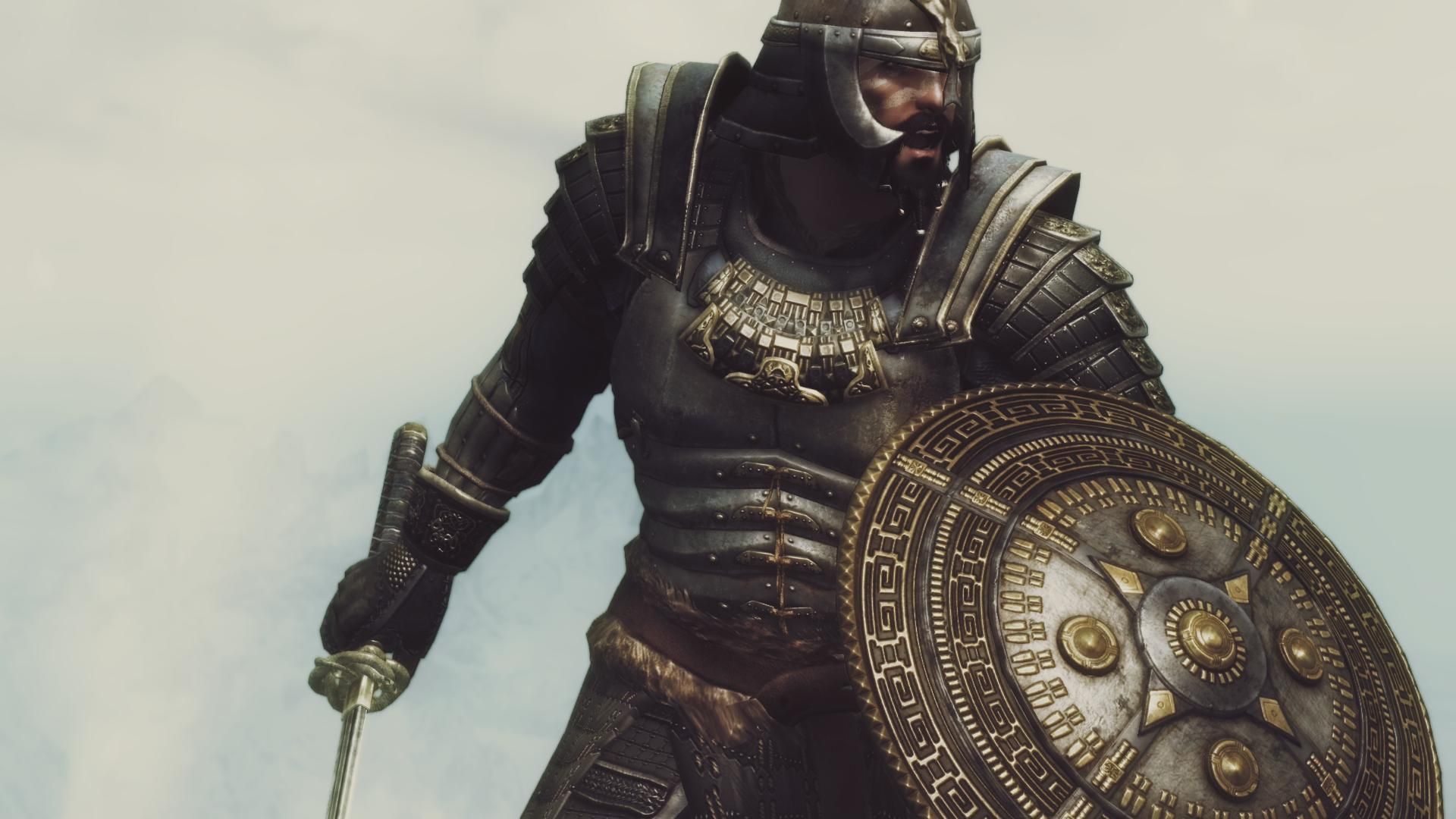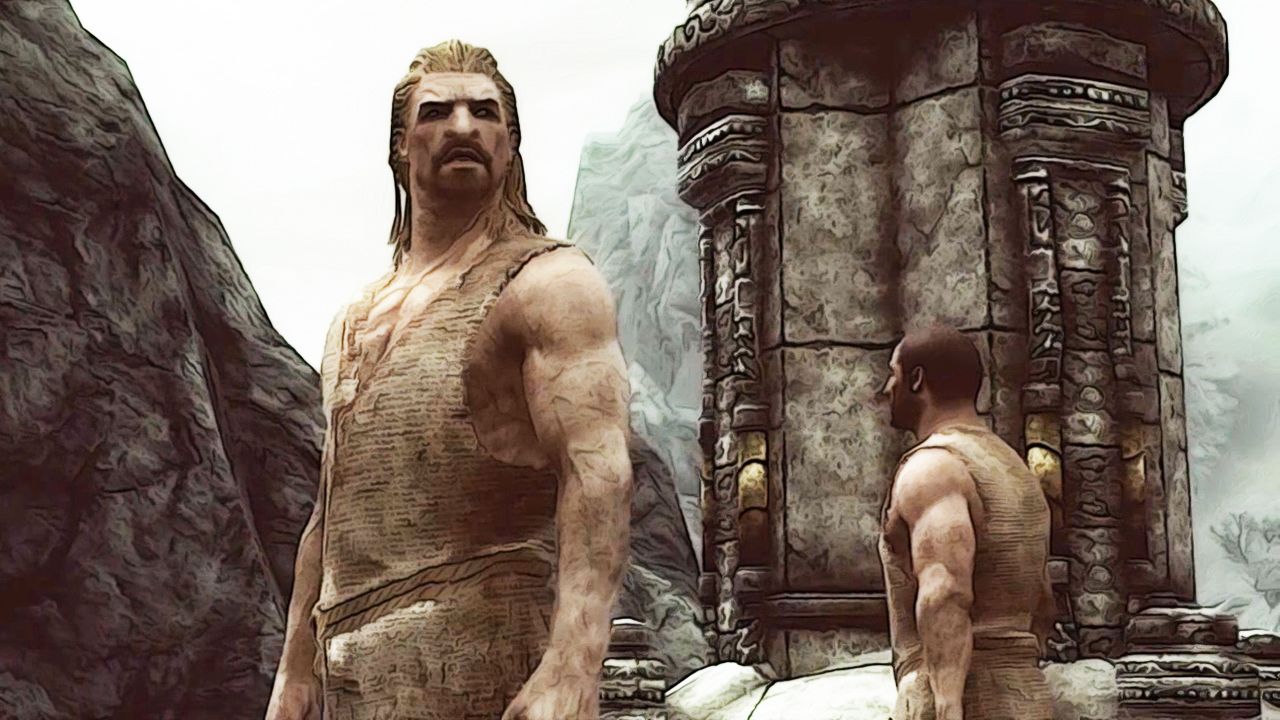Many of us fell in love with The Elder Scrolls series through either Oblivion (2006) or Skyrim (2011). Because each entry in the series is largely self-contained, every title serves as an excellent opportunity for the uninitiated to give the games a shot. You really can jump into Skyrim fresh without an inkling of confusion (Oblivion is pretty great, though).
All this isn’t to say the games are disconnected. Many of the challenges and crucial moments caused by the Oblivion Crisis directly lead to the world we find in Skyrim two centuries later. That’s kind of amazing considering the gap in time and the fact we’ve gone from traditional medieval fantasy to the frigid Nordic lands more akin to the Beowulf legends. While some mega-fans might seek these connections, not all of them are so easy to find or will even make sense when taken alone. And that’s why we’re here.
Today we’re going to dive the lore connecting Oblivion and Skyrim. From how the Oblivion Crisis changed entire nations to the political maneuvers that would set up Skyrim’s Civil War (and you thought Cersei Lannister could scheme); we’re going to break down the major events that took place in the centuries not covered in the games. Who knows, maybe by the end of this list we’ll even get an idea of how Skyrim might set up The Elder Scrolls VI.
So let’s all sit back and prepare for a multi-course meal of Elder Scrolls lore with 20 Wild Things That Happened Between Oblivion And Skyrim.
Rise of the Thalmor
The Oblivion Crisis wreaked havoc throughout Tamriel. It wasn’t until the Champion of Cyrodiil and Martin Septim overcame Mehrunes Dagon that the merciless hordes of Daedra stopped. Yet, in the Summerset Isles, other heroes arose.
A political fringe group called the Thalmor used the crisis to gain clout. Blown up tales about the Thalmor delivering victory spread and those who questioned this version of events disappeared (including a commander who defended the Crystal Tower). This strategy built up into a bloody uprising and purge of anyone who opposed the Thalmor or did not have “Aldmer blood”. From the ashes of the Oblivion Crisis, the Thalmor were born.
Thalmor Meddling
Emboldened by their success during the Oblivion Crisis, the Third Aldmeri Dominion sought greater power. Doing so meant challenging the Empire for land, riches, and support. The Dominion did so in spectacular fashion by outright assassinating Potentate Ocato in 4E 10.
Ocato held the title of High Chancellor during Oblivion. As the Hero of Kvatch, you may remember sharing several conversations with him including when he congratulates you on behalf of the Elder Council with Imperial Dragon Armor. After dubbing you the Champion of Cyrodiil, Ocato went on to lead the Empire as Potentate, essentially the interim emperor. By removing Ocato the Thalmor left the Third Empire fragmented.
The Civil War (Not That One)
During the events of the Oblivion Crisis, the Third Empire lost two emperors in the course of a year. This left the burden of rebuilding in the hands of the Elder Council, specifically, Potentate Ocato. After so much destruction and loss, the Empire needed stability if it had any hope of surviving.
The assassination of Potentate Ocato led to a civil war called the Stormcrown Interregnum. Many began making claims for the Ruby Throne, triggering seven years of bloodshed and the kind of political warfare George R. R. Martin would probably appreciate. Thules the Gibbering, a witch-warrior and warlord, came out on top until the Colovian warlord Titus Mede seized the crown in 4E 17.
More Mede, Please
Emperor Titus Mede took a protectionist approach to ruling. This is in stark contrast to the Thalmor, who actively postured to gain power and prestige as the Empire eroded. Titus Mede’s focus on immediate threats ultimately allowed the Thalmor to seize the Summerset Isles and for Umbriel to threaten the empire.
Prince Attrebus Mede was different. Hungry for adventure and glory, the only son of Titus Mede sought glory in battle and heroic feats including the destruction of Umbriel. While a number of accomplishments were quietly orchestrated by his father, this ambition offers some insight into his eventual rule. That’s pretty helpful since there’s no record between 4E 17 and 4E 168.
Umbriel
A being known as Umbra stole a piece of the Daedric Prince Clavicus Vile’s power. Such treachery saw Umbra imprisoned in Vile’s realm of Oblivion. However, when the Ingenium keeping the Ministry of Truth was destroyed, those responsible were hurled into Oblivion with Umbra, who took them captive. This chance meeting led to the creation of another ingenium to power the floating city of Umbriel.
Umbra struck a deal with the Chief Minister of Emperor Titus Mede to summon Umbriel into Tamriel. When this was done, Umbriel appeared with a horde of undead that threatened Black March, Cyrodiil, and Morrowind. The Umbriel Crisis only ended thanks to a band of heroes, including Prince Attrebus Mede.
Penitus Oculatus
With the sacrifice of Martin Septim, the line of Dragonborn emperors came to a close. This meant the Blades, who served as bodyguards and protectors for emperors in this bloodline, would not do so for Emperor Titus Mede. In their place, a new organization known as Penitus Oculatus formed.
The Penitus Oculatus became bodyguards, enforcers of the law, and an espionage force for the Empire. All of these roles come into play when they are encountered in Skyrim during the Dark Brotherhood questline, in which the agents orchestrate the near destruction of the already crippled faction.
Void Nights
Imagine looking to the sky to find the moon had disappeared. All of that fear and curiosity spread throughout Tamriel in 4E 98 when both Masser and Secunda vanished from the celestial plane. The event is known as the Void Nights.
For the Khajit, the moons play a role in their religion and are critical to their birth patterns -- for example, specific lunar alignments can signal the birth of the next leader, called the Mane. To find Masser and Secunda gone understandably sent shockwaves through Elsweyr. In 4E 100, Masser and Secunda reappeared. The Thalmor claimed the use of newfound magic to restore the moons. Without any other explanation, Elsweyr embraced the Thalmor as heroes.
The Elsweyr States
The Fourth Era proved tumultuous for the land of the Khajit. Around the same time the Empire was sorting out who would claim the title of emperor, Elsweyr suffered the assassination of their own leader known as the Mane. After the Void Nights some years later and the Aldmeri Dominion claimed to return the moon's core to the Khajit’s way of life.
Thinking the Aldmeri Dominion had saved their way of life, the Elsweyr Confederacy turned away from the Empire. This set the grounds for a coup in 4E 115 that ended the Confederacy and split Elsweyr into the deserts of Anequina and Pelletine jungles -- both client states of the Aldmeri Dominion.
Going to Solstheim
The Oblivion Crisis saw great battles against the Daedric forces. One major loss for the races of man and mer is known as the Fall of Ald'ruhn. Suffice to say that a faction of Dunmer known as House Redoran suffered awful losses and a city to this battle. The effects could be felt after the end of the crisis, leading many to relocate to Solstheim.
Shortly after this move, in 4E 5, Solstheim changed from a welcoming chance to rebuild a life into a harsh, ash-covered land. Despite this fact, refugees continued seeking new lives in Solstheim until the High King of Skyrim gave the land back to the Dunmer in 4E 16.
Good Time to Be Argonian
Connected to the Hist, the Argonians of Black Marsh were ready for the Oblivion Crisis. They successfully repelled Daedric attacks like so many other nations struggled for survival. Perhaps unimpressed by how Cyrodiil was ravaged or simply in confidence for the An-Xileel, Black Marsh left the Empire shortly after.
New opportunities arose in the wake of the Red Year. Morrowind had suffered greatly since the eruption of Red Mountain and the Dunmer were vulnerable. Years of slavery left a divide between the Argonians and Dunmer, so naturally, the lizardfolk found this the perfect chance for vengeance. By the time House Redoran pushed the Argonians back southern Morrowind had their mark.
Red Mountain
Vivec disappeared after the Oblivion Crisis. In his absence, a series of events followed ultimately leading to the floating city of Baar Dau to plummet into Vivic City. The collision triggered the eruption of Red Mountain, which destroyed major cities including Balmora, Gnisis, and Ald’ruhn. Much of Vvardenfall was covered in ash with earthquakes and floods devastating those who managed to survive.
With destruction came change. Morrowind became difficult with water too choked by ash to sustain fish and air too dirty to breathe. Creatures known as Ash Spawn appeared, while the Slit Striders of Morrowind fame were nearly lost. The event is commonly known as the Red Year.
The Great Collapse
Winterhold was once a great city found in the most northern reaches of Skyrim. The unimpressive and crumbling remnants found by the Dragonborn in 4E 201 are what remains of the city. A series of relentless storms pummeled Winterhold in 4E 122. The edges of the city began to degrade and before anything could be known the event known as the Great Collapse occurred.
Much of Winterhold fell into the Sea of Ghosts leaving the skeletal remains of the city and an untouched College of Winterhold. While the mages believe the Great Collapse was the result of the Red Year, most of the survivors suspect the college is truly at fault.
Thalmor Ultimatum
Emperor Titus Mede II began his reign with the Empire in shambles. The inability to control the rise of the Thalmor by his namesake meant a new competing power had risen in the form of the Third Aldmeri Dominion. Valenwood and Elsweyr in their ranks, Black Marsh neutral, and Hammerfell distracted by internal strife, it was clear the Empire was vulnerable.
Three years into Titus Mede II’s reign a Thalmor ambassador came to the Imperial City. He brought extensive demands for land belonging to Hammerfell, the end of Talos worship, and disbandment of the Blades. When the Emperor refused, the ambassador revealed the heads of every Blades spy in the Summerset Isle and Valenwood.
The Invasion
Ultimatums are nothing without a real threat waiting. Shortly after the Empire rejected the ultimatum, the Aldmeri Dominion invaded Cyrodiil and Hammerfell. Hidden camps in Elsweyr and their allies in Valenwood allowed the Thalmor to attack quickly and in force.
The Thalmor took Leyawiin, sieged Bravil, and conquered Anvil all with surprising ease. Just a year after delivering an ultimatum and the Aldmeri Dominion had arrived at the walls of the Imperial City. With such great success behind them, the Aldmeri Dominion settled upon a loftier objective -- the total eradication of the Empire.
March of Thirst
Scattered and distracted, the Redguard defenses crumbled against the invading Aldmeri Dominion. The southern coastline was lost early on, leading the Imperial forces on a desperate retreat through the Alik’r Desert. Starved for food, water, and much-needed supplies, many perished on the trip north during what’s now called the March of Thirst.
Those who survived the harrowing journey to northern Hammerfell found new support. Reinforcements and fresh supplies from High Rock and factions stirred by their nation’s plight allowed the Redguard and Imperial Legion to properly fight back. Together, they broke the siege of Hegathe -- the only city not to fall in the south -- and managed to effectively cripple Thalmor invaders for a time.
The Imperial City Fell
Walking the streets of the Imperial City in Oblivion gave a sense of stability. From the beautiful stone architecture replete with humbling pillars and archways told the story of a place with a long history and an unshakable future -- the kind of city even Daedra might struggle to conquer. Yet, in the spring of 4E 174, the Imperial City fell.
The Aldmeri forces had surrounded the Imperial City the year prior. The subsequent months allowed them to regain their strength, while still maintaining a blockade before striking at the heart of the Empire. They razed the Imperial Palace and looted the White-Gold Tower, but failed to capture Emperor Titus Mede II and his main army.
The Battle of Red Ring
Emperor Titus Mede II proved himself a wiser leader than his namesake. After the Fall of the Imperial City, most would reasonably assume the Empire had lost. The Aldmeri Dominion certainly did and Titus II reinforced this belief with vague talk of surrender. In reality, the remaining Imperial forces from Skyrim, Hammerfell, and the Cyrodiil were quietly preparing to take back the Imperial City with a three-prong attack.
It took less than a week to cut through the Aldmeri forces and surround the Imperial City. Titus II broke their defenses from the north, while legions took great care to prevent any measure of escape. By the end, the Aldmeri forces in Cyrodiil were wiped out.
The White Gold Concordat
Disband the Blades, outlaw the worship of Talos, and relinquish southern Hammerfell to the Aldmeri Dominion. Not unlike the original ultimatum that triggered the war, these were the terms to which Emperor Titus Mede II agreed. Titus II knew the Empire was on the verge of collapse and used his victory at the Battle at Red Ring to leverage peace in hope of lasting survival.
Despite the agreement, some points were never fully realized. Hammerfell rejected the terms and resisted the Aldmeri Dominion until the Second Treaty of Stros M’Kai in 4E 180 then promptly left the Empire. Meanwhile, the continued worship of Talos in Skyrim would lead to a full-fledged civil war.
Fall of the Blades
The Blades were guilty by association. In the Second Era, the Dragonborn Tiber Septim brought an end to the Second Aldmeri Dominion and conquered the Summerset Isles. Although the Blades largely worked in the shadows at this time, their role remained to find and assist the Dragonborn. Add their role in espionage for the Empire and the Thalmor viewed the Blades as a considerable threat.
Weakening the Blades was a priority. Along with their demands, the Thalmor brought the heads of hundreds of Blade agents who operated in the Summerset Isles and Valenwood. Granted permission in the White Gold Concordat this hunt for Blades expanded into the Empire until only a handful survived.
The Markarth Incident
While the Great War raged on, the Forsworn Uprising saw the Markarth change hands. Legion soldiers who would typically be stationed in Markarth were called away to fend of Aldmeri forces. This allowed the Breton people who originally called this land home to regain control.
The Reachmen controlled Markarth until the end of the Great War when the Jarl of the Reach and his Imperial allies requested the aid of Ulfric Stormcloak to retake the city. Ulfric’s prize would be the right to worship Talos. Although successful in retaking Markarth, Ulfric Stormcloak was imprisoned for by the Empire for Talos worship. And so the seeds of the Stormcloak Uprising were sewn.
---
Drop a comment about what you thought about these Olivion and Skyrim events or if we missed an event that absolutely should be covered here!

